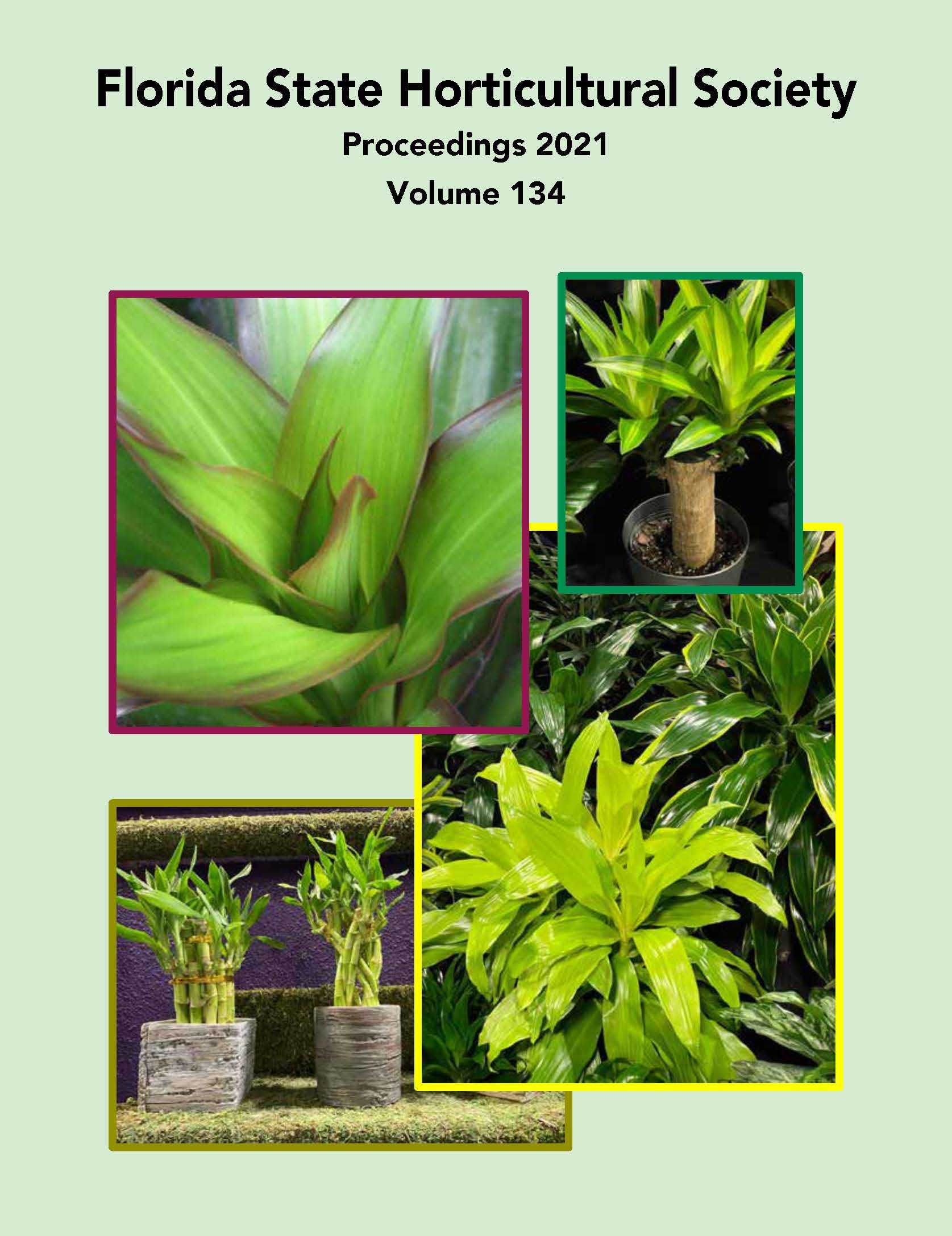Abstract
Huanglongbing (HLB) has plagued the Florida citrus industry since 2005 and over 90% of commercial citrus groves are affected by HLB. Since the discovery of HLB, citrus nutrition has been of interest as a tool for improving and maintaining HLB-affected trees. HLB-affected trees have a smaller and weaker root system; therefore roots cannot take up the same amount of nutrients as healthy trees. Research studies have shown fertilizer applications should be done in smaller doses and more frequently, which allows nutrients to be consistently available. This coincides with another research project that showed HLB-affected trees cannot maintain nutrient levels compared to healthy trees. This new concept of collecting leaf samples to get an accurate nutrient analysis and applying fertilizer multiple times a year is a change in practice for citrus growers. To assist in teaching and creating a behavior change, the citrus nutrition box program was created. The box program is both a service project and a scientific demonstration. Through this service, one year of leaf analysis was collected throughout the Florida citrus industry. Early results indicate leaf nutrient levels change on certain varieties in particular seasons. Although this is normal in healthy trees, some varieties seem to struggle more than others in the presence of HLB. This study identified leaf analysis variability throughout the Florida citrus industry. Interesting patterns between soil pH and calcium has been observed. All these observations are critical in understanding the ongoing nutrition trends and formulating new extension strategies for nutrient management for citrus growers.

